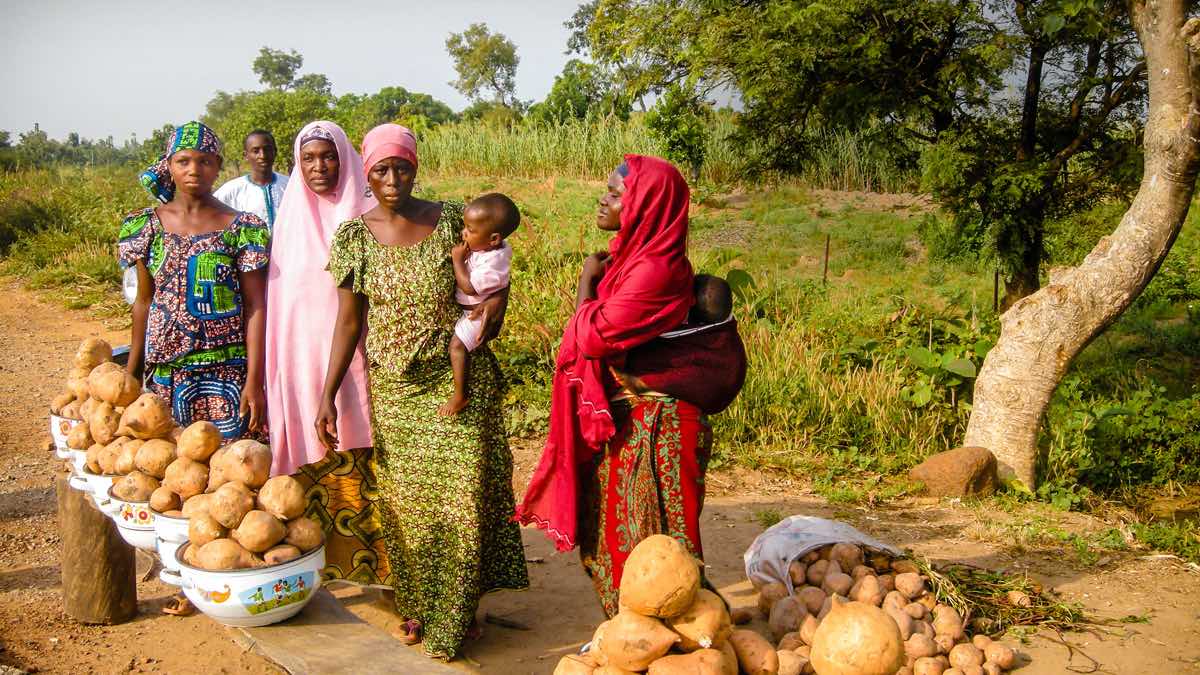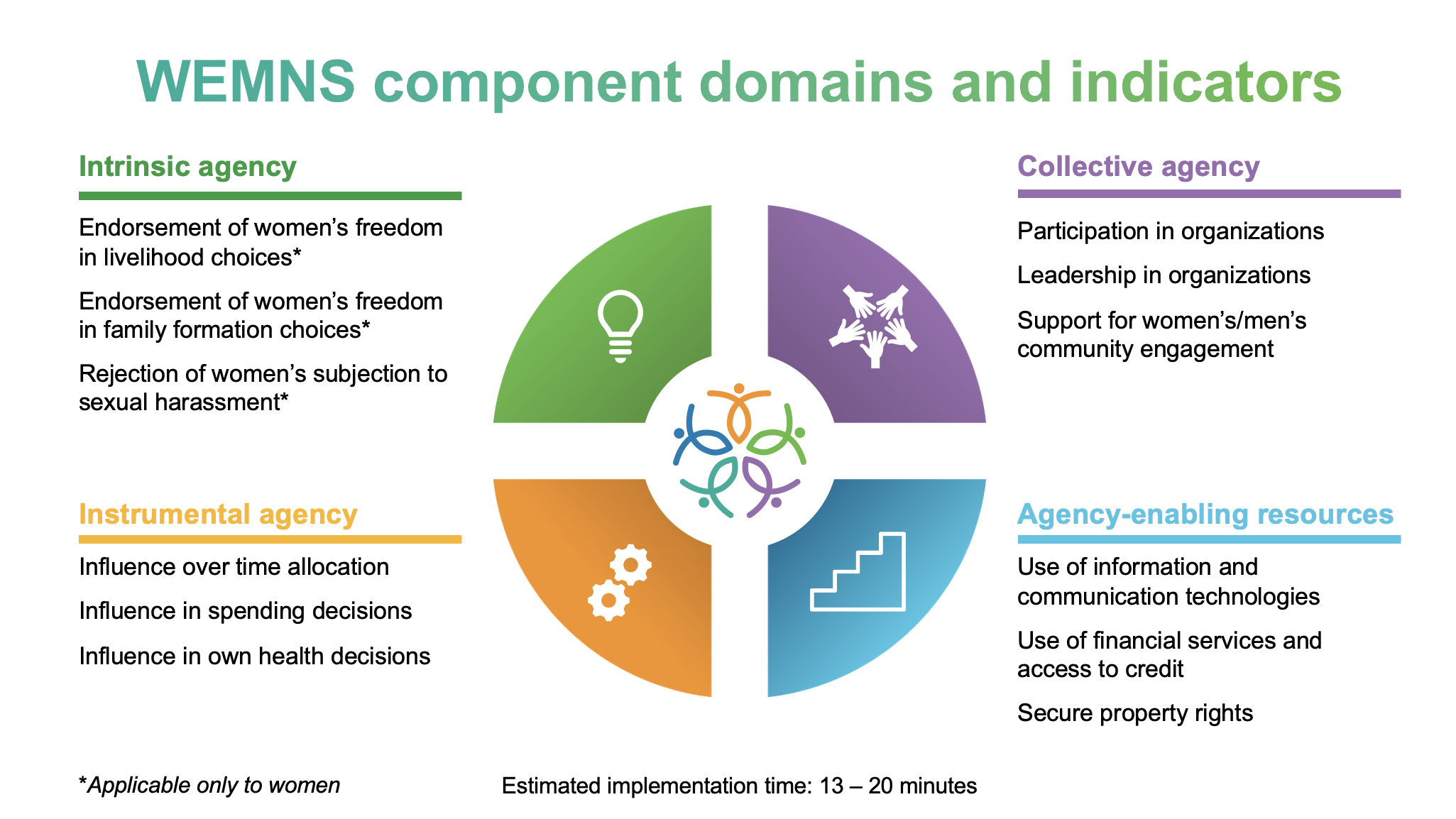Insect pests are a major cause of crop yield losses around the world and an important cause of food insecurity in developing countries. The development of effective policies to support more sustainable pest management requires a better understanding of the factors that determine farmers’ pest management decision making within the landscape, agronomic, socio-economic and biophysical context of farming systems.
To mark the International Day for Biological Diversity (May 22) here is a look at our recent study assessing the ecological, agronomic, and socio-economic factors associated with farmer perceptions of the severity of pests in their field crops in Nigeria. The study comprised three agro-ecological zones (AEZs) spanning a 1000 km North-South gradient, 102 villages and 805 households from 12 states.
In Nigeria, insect pests and plant diseases are major factors in reduced yields, threatening food security and farmers’ incomes. Nigeria’s agricultural sector has a relatively high insecticide use as compared to other African countries. Nigeria’s insecticide imports accounted for 11 percent of the total import value for the whole of Africa in 2011, FAO statistics show. Yet, despite a seven-fold increase in net pesticide imports from $31 million to $221 million between 1997 and 2012, progress on increasing cereal production (which is mainly used for domestic consumption) and per capita food supply has stagnated.
Thus, while the increase of pesticide inputs has contributed to the productivity growth of agricultural workers, it has not translated into significant food security gains. These findings call into question the effectiveness of strategies based solely on pesticides, and highlight the need for more sustainable pest management approaches. Analyzing the perceptions of farmers on pest severity within the context of their particular production situations can provide important new insights into ways to encourage ecologically-based pest management attitudes and practices.
Estimates of the value of pest regulation provided by natural enemies as an ecosystem service have ranged from $100 billion to $400 billion per year (Costanza et al., 1997; Pimentel et al., 1997). The effectiveness of natural enemies in suppressing pest populations depends on both agricultural management at the field scale, and the structure, composition, and functioning of the surrounding landscape. However, little information is available on how such landscape factors affect natural pest control in developing countries, and Africa in particular. The extent to which the natural enemy community is conserved and utilized to substitute or complement chemical insecticides-based pest management has important implications for the socio-economic and environmental resilience of farming systems in developing countries.
The study reported a total of 54 pest insect groups, based on household surveys. Three quarters of all reported insect pest cases were considered serious or moderate; nearly 40 percent were serious. Chemical insecticide use was the primary control method in 75 percent of the reported cases, whereas cultural control methods (pest management based on the manipulation of crop systems including crop rotation, intercropping, and early planting) accounted for 8.7 percent. For the top three crops—maize, cassava, and sorghum—about 70, 57, and 78 percent of households applied insecticides on pests affecting the respective crops.
Reported pest severity was negatively associated with the proportion of forest and unused land, compared to cultivated land. This finding is in line with the general pattern of a positive relationships between the proportion of non-crop habitat in the landscape, higher and more diverse natural enemy communities (not quantified in this study), and a tendency for better natural pest suppression. Our study indicates that the pest suppressive effects of a diverse landscape also hold in African smallholder agriculture settings, which is of particular importance for farmers who lack access to insecticides.
In contrast to most ecological studies, which collect land use information via GIS analyses, we adopted a semi-quantitative approach by asking respondents about the major land uses in the village and their area allocations. Most landscape studies are based on ecological study designs, typically with a maximum number of landscapes on the order of 20—beyond which the workload for GIS mapping, survey, and travel time for taking measurements makes the workload insurmountable.
While the survey-based land use assessment approach provides less detailed data than the GIS approach and has a drawback of potential reporting bias, its strength is that due to the reduced workload, a higher number of landscape replicates may be obtained when combined with socioeconomic survey field work (102 villages in this study). This level of replication is unique for empirical studies that assess landscape effects on pest pressure. In addition, the survey-based approach may be a low-tech alternative to GIS mapping when a GIS analysis is not feasible, for instance in developing countries and regions dominated by smallholder farms.
Reported pest severity was associated with crop management, which is in line with previous studies. The use of manure and chemical fertilizers was negatively associated with pest severity, possibly because the enhanced soil fertility and soil biota may allow plants to better compensate for herbivory. Manure application has earlier been associated with reduced pest densities, while the effects of artificial nitrogen fertilizer on pest dynamics are mixed and may differ for sucking and chewing insect herbivores. Reported pest severity was lower in mixed-cropping systems than in mono-cropping systems. Indeed, the pest suppression benefit of diverse cropping systems has been recognized for a long time. Our findings support the premise that diversified agroecosystems have a higher capacity to suppress pests, and that cultural control methods offer complementary suppression without or with a reduced dependency on chemical insecticides.
These findings indicate that the presence of non-crop areas in the landscape and the diversification of agroecosystems may be a viable strategy for smallholder farmers to manage pests with limited reliance of chemical insecticides in Nigeria, but that actual pest management decisions could be influenced by a wide range of context-specific factors. More broadly, the study suggests that while reducing yield loss to pests while reducing the reliance on chemical insecticides is a major challenge in Nigeria, it is also an important component in achieving sustainable food security and development. Closing yield gaps via pest management requires addressing both the constraints around the sustainable use of ecosystem services associated with biodiverse landscapes and agro-ecosystems that reduce the need for chemical insecticides; and access to selective and environmentally benign insecticide products, their informed use, and the affordability for farmers.
Wei Zhang is a Research Fellow in IFPRI’s Environment and Production Technology Division. The research was carried out under the CGIAR Research Programs on Water, Land and Ecosystems (WLE), and Policies, Institutions and Markets (PIM).







